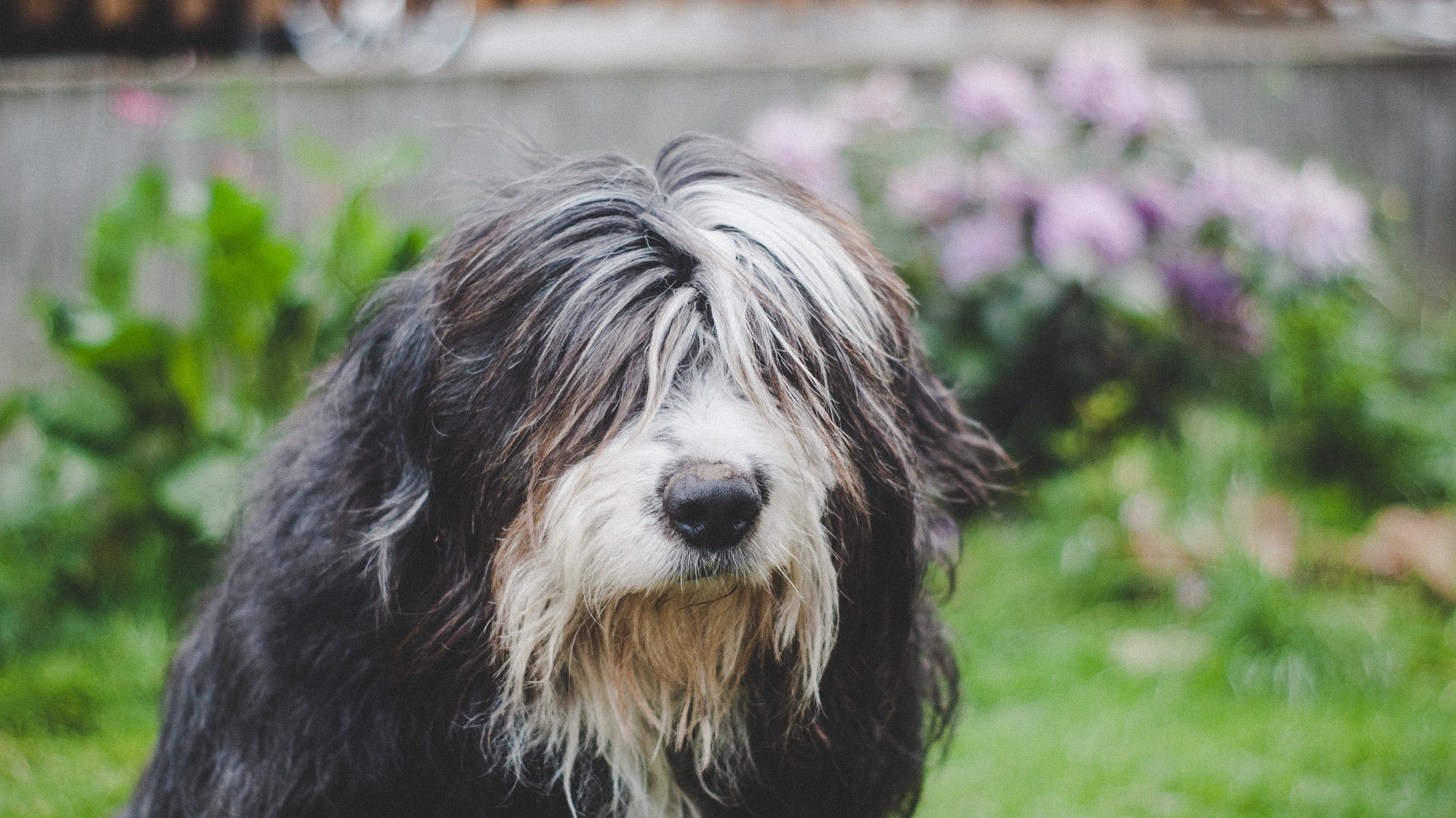If part of your role as a dog owner includes regular lint rolling and vacuuming to remove fur from clothes and furniture, then you’re well aware of the fact that shedding is a normal, regular part of dog life.
Unless you have a hypoallergenic dog breed, shedding is inevitable. Fortunately, there are several natural remedies when it comes to keeping your dog’s coat under control.
Why Do Dogs Shed?
A dog’s coat acts as built-in climate control, keeping your dog warm in the winter and cool in the summer. It can also protect your furry friend’s skin from sunburn and damage from foreign objects such as twigs and burrs, which is why it’s generally not a good idea to shave your dog’s fur.
Dog shedding is a natural way of maintaining balance: when the hair stops growing, it will eventually leave the body. Through shedding, dogs can clear their coats of loose or dead fur in order to maintain that silky, smooth appearance.
Some dogs shed more than others. Some breeds shed consistently year-round, others shed on a more seasonal basis, and others hardly shed at all. Pay attention to when and how often your dog typically sheds; that way, you’ll be able to tell if things don’t seem quite right.
Why is My Dog Shedding So Much?
The amount that your dog sheds may be affected by a variety of factors, including:
Change of Seasons
The amount and frequency of dog shedding can vary based on the time of year. Many dogs shed their undercoats during the spring and fall—either to lighten the coat in preparation for warm weather, or change to a heavier coat for the colder months.
If your dog’s excess shedding tends to align with the change of seasons, it’s likely not a cause for concern.
Seasonal Allergies
Seasonal allergies, food allergies, environmental allergies, and flea allergies can all contribute to your dog’s shedding.
If you notice excessive shedding and are unable to identify or remove the allergen in question, talk to your vet about ways to keep your pooch feeling comfortable.
Health Issues
Health issues—both physical and mental—can also contribute to excessive dog shedding. Pests and parasites, medication side effects, stress or anxiety, skin issues, nutritional deficiencies, and various health conditions can all contribute to shedding and hair loss.
If your dog’s shedding is leading to bald spots or you are noticing other signs of concern (such as physical or behavioral changes), contact your vet.

How to Manage Dog Shedding
While you can’t fully put a stop to your dog’s shedding, there are a few steps you can take to keep Fido’s fur under control. Five natural remedies to manage dog shedding include:
1. Brushing
Regular brushing is a great addition to your dog’s grooming routine, as it allows you to pick up any loose or dead fur (and dirt and debris) before it lands around your house. Make sure you’re using the right brush for your dog’s coat type. You may also want to opt for a de-shedding tool specifically designed for your dog’s coat.
How often you brush your pup depends on how much he sheds—it could be daily, weekly, or even monthly.
2. Baths
Like brushing, bathing can help to remove dead, loose fur before it falls. Brushing can help to extend the time between baths, but it certainly shouldn’t be a replacement.
Dogs should typically be given baths about once per month, with a high-quality shampoo made for dogs. Some dog owners even opt for shampoos made specifically to help with shedding.
3. Diet
Your dog’s diet is the best way to care for him from the inside out. If Fido’s fur is looking dull and thin, it may be a sign that his diet needs an upgrade.
Some pet owners find that feeding their dog a raw diet works wonders when it comes to skin and coat care. Others find that standard kibble diets do the trick just fine. Your vet can help you determine the best diet for your dog’s individual needs and preferences.
4. Hydration
Water, like food, provides necessary nourishment to your dog’s skin and coat by moisturizing the skin and promoting hair growth.
Make sure your dog is staying hydrated by drinking plenty of water on a daily basis—about one ounce of water per pound of body weight.
5. Supplements
Along with healthy grooming habits and a well-balanced diet, supplements can give an extra boost when it comes to your dog’s skin and coat health.
Fish oil, flaxseed oil, and coconut oil can all be used to hydrate the skin and strengthen the coat, keeping unnecessary shedding at bay.
PetHonesty’s supplemental chews can also support your dog’s skin and coat health: Omega SkinHealth Chews and Hemp Allergy SkinHealth Chews are both made up of natural ingredients to promote healthy skin and coat, along with a healthy immune response.
Sources:
https://pets.webmd.com/dogs/excessive-shedding-dogs
https://topdogtips.com/dog-shedding-home-remedy/
https://wagwalking.com/wellness/how-to-prevent-dog-shedding-with-home-remedies
https://www.akcpetinsurance.com/blog/6-tips-to-control-dog-shedding
https://www.petmd.com/dog/care/why-do-dogs-shed













